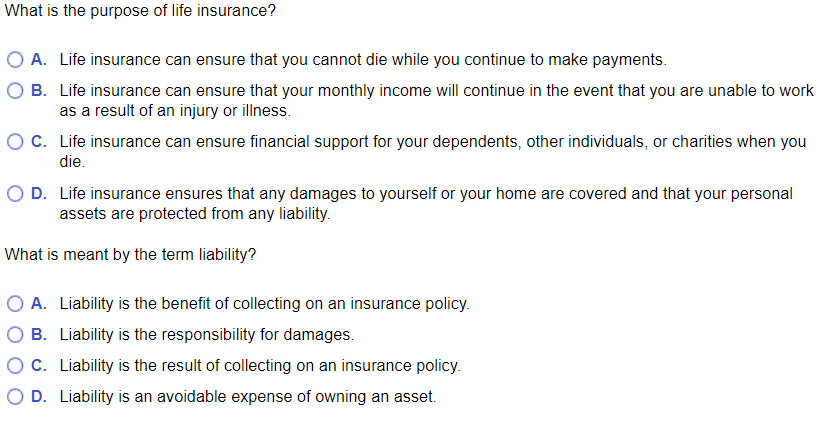Pacific Prime - The Facts
Pacific Prime - The Facts
Blog Article
Our Pacific Prime PDFs
Table of Contents9 Simple Techniques For Pacific PrimeThe Ultimate Guide To Pacific PrimeSome Known Incorrect Statements About Pacific Prime Pacific Prime Things To Know Before You BuyPacific Prime Can Be Fun For Anyone

This is because the information were collected for a duration of strong financial performance. Of the estimated 42 million people that were uninsured, almost concerning 420,000 (regarding 1 percent) were under 65 years old, the age at which most Americans end up being qualified for Medicare; 32 million were adults in between ages 18 and 65, about 19 percent of all grownups in this age team; and 10 million were children under 18 years of age, about 13.9 percent of all kids (Mills, 2000).
These price quotes of the number of persons without insurance are created from the yearly March Supplement to the Existing Population Study (CPS), conducted by the Census Bureau. Unless otherwise kept in mind, national quotes of individuals without health insurance coverage and proportions of the populace with various sort of coverage are based on the CPS, one of the most extensively used source of estimates of insurance policy coverage and uninsurance prices.
What Does Pacific Prime Do?

Still, the CPS is specifically valuable since it creates annual estimates relatively rapidly, reporting the previous year's insurance policy protection estimates each September, and due to the fact that it is the basis for a regular set of price quotes for greater than twenty years, enabling for analysis of patterns in protection over time. For these factors, in addition to the extensive use the CPS in various other research studies of insurance coverage that are presented in this record, we depend on CPS estimates, with constraints kept in mind.

The estimate of the variety of uninsured people expands when a populace's insurance policy condition is tracked for several years. Over a three-year duration beginning early in 1993, 72 million individuals, 29 percent of the U.S. https://www.figma.com/file/DQaAURKv0Xz32XUI9NJXrd/Untitled?type=design&node-id=0%3A1&mode=design&t=rR5Yq5DjXQg5AhnB-1. populace, lacked coverage for at the very least one month. Within a single year (1994 ), 53 million people experienced at the very least a month without insurance coverage (Bennefield, 1998a)
6 out of every 10 without insurance adults are themselves used. Working does boost the probability that one and one's family members will certainly have insurance coverage, it is not a guarantee. Also participants of families with 2 full time wage earners have nearly a one-in-ten chance of being uninsured (9.1 percent without insurance rate) (Hoffman and Pohl, 2000).
Fascination About Pacific Prime
New immigrants account for a substantial percentage of individuals without medical insurance. One analysis has actually associated a considerable section of the recent growth in the dimension of the united state without insurance population to immigrants who got here in the country between 1994 and 1998 (Camarota and Edwards, 2000). Recent immigrants (those that came to the USA within the past four years) do have a high price of being without insurance (46 percent), yet they and their kids account for just 6 percent of those without insurance coverage country wide (Holahan et al., 2001).
The partnership between health and wellness insurance policy and accessibility to care is well developed, as recorded later on in this chapter. Although the connection between health and wellness insurance policy and wellness end results is neither straight neither basic, an extensive scientific and health and wellness solutions research study literature web links medical insurance protection to better accessibility to care, far better quality, and improved personal and populace wellness standing.
Degrees of analysis for checking out the impacts of uninsurance. It focuses particularly on those without any health and wellness insurance policy for any size of time.
Little Known Questions About Pacific Prime.
The problems dealt with by the underinsured remain in some areas similar to those faced by the without insurance, although they are usually much less serious. global health insurance. Uninsurance and underinsurance, however, involve definitely different why not try this out policy concerns, and the approaches for resolving them might vary. Throughout this research study and the five reports to comply with, the primary focus is on persons without any medical insurance and thus no support in paying for health and wellness treatment beyond what is available via charity and safeguard establishments
Medical insurance is an effective variable affecting invoice of treatment because both patients and medical professionals respond to the out-of-pocket rate of services - https://experiment.com/users/pacificpr1me. Medical insurance, however, is neither necessary neither enough to access to medical services. However, the independent and straight impact of health and wellness insurance policy protection on access to health services is well established.
Others will obtain the health treatment they need also without medical insurance, by spending for it out of pocket or seeking it from companies who use treatment cost-free or at extremely subsidized rates. For still others, medical insurance alone does not make certain receipt of care since of other nonfinancial obstacles, such as a lack of healthcare providers in their community, restricted access to transport, illiteracy, or etymological and cultural distinctions.
Facts About Pacific Prime Revealed
Official study about uninsured populaces in the United States dates to the late 1920s and very early 1930s when the Board on the Cost of Treatment created a collection of reports concerning funding doctor office sees and hospitalizations. This concern came to be salient as the numbers of medically indigent climbed throughout the Great Depression.
Report this page